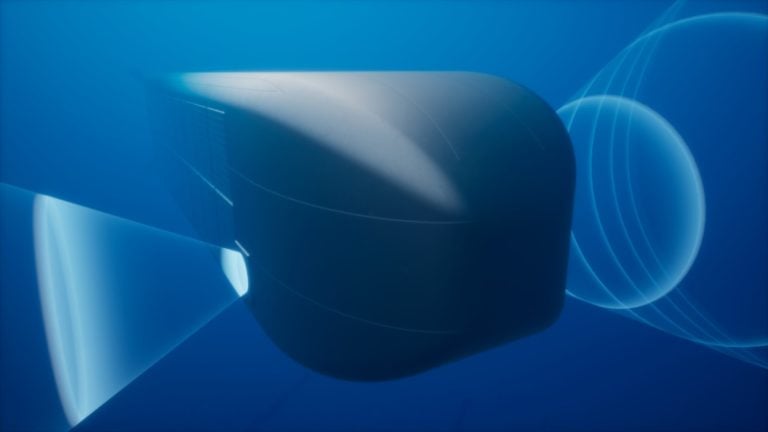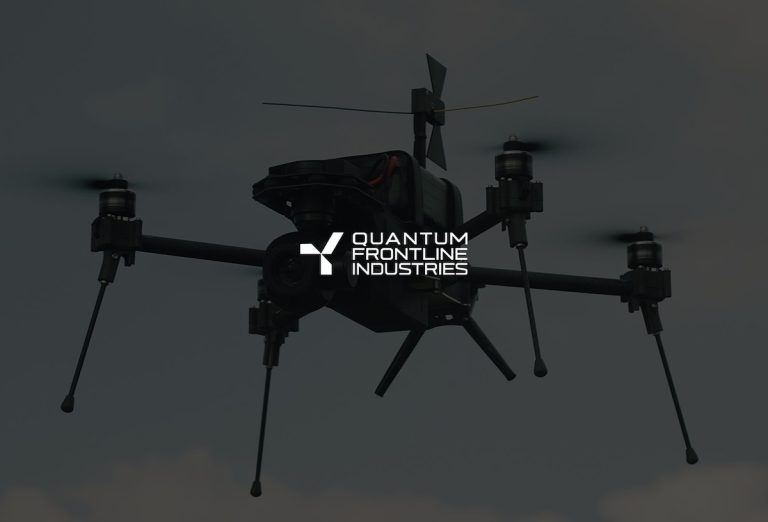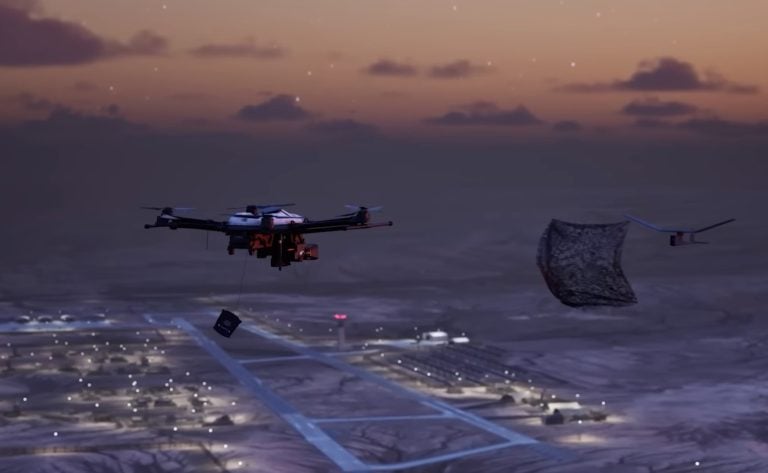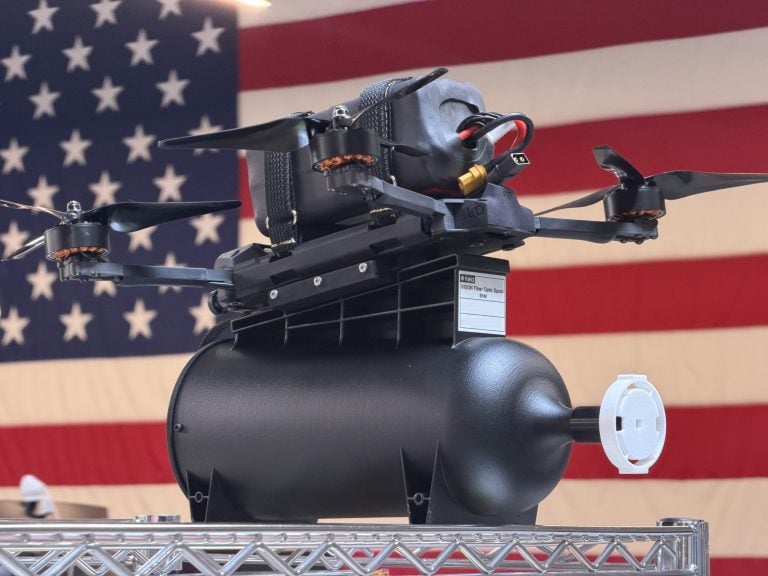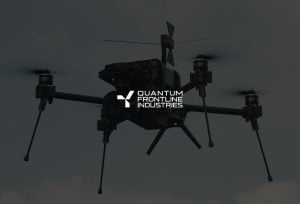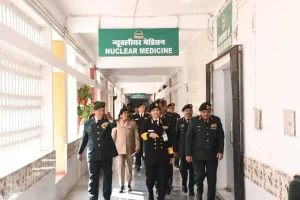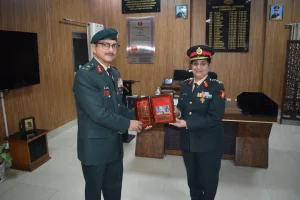L3Harris Technologies has announced a significant milestone in military communication technology by securing a $24-million contract to deliver its software-defined data device for the U.S. Army’s Next Generation Command and Control (NGC2) transport layer. The contract includes the supply of the AN/PRC-158C NGC2 Gateway Manpack, which is a tailored iteration of the Falcon IV AN/PRC-158 radio, to the U.S. Army’s esteemed 4th Infantry Division. This delivery is strategically timed as the division prepares for its involvement in Project Convergence 2026.
Sam Mehta, President of Communication Systems at L3Harris, emphasized the critical nature of the NGC2 program, stating, “The Army’s NGC2 program is too important to accept anything less than success in execution, including system protection against device compromise, external threats to the network, and data spillage.” This comment underscores the increasing focus on security in military communications amid evolving threat landscapes.
The Falcon IV AN/PRC-158 radio is noted for its compact and lightweight design, operating within a broad frequency range from 30 to 2,500 MHz. It is crafted to satisfy the Pentagon’s requirements for high-data, secure communications, incorporating Mobile User Objective System (MUOS) satellite capability for enhanced beyond-line-of-sight connectivity. Built on a Software Communications Architecture, this advanced radio can seamlessly switch between multiple waveforms, thus aligning with diverse mission needs and functioning as a mini-router to facilitate communication across different networks or frequencies. This flexibility is particularly advantageous for the NGC2 network.
The NGC2 initiative aims to revolutionize military communications by establishing a seamless, secure, and interoperable network that links soldiers, vehicles, aircraft, and command centers across various battlefield environments. Rather than operating on isolated systems, NGC2 is designed as a comprehensive ecosystem that includes four interconnected layers: transport, infrastructure, data, and applications. This architecture moves away from earlier practices where each military unit maintained disparate data silos, promoting enhanced coordination and efficiency.
However, the initiative is not without challenges. A recently issued U.S. Army memo highlighted security and oversight concerns related to the NGC2 platform prototype. Risk factors included the potential for sensitive information to be accessed without adequate traceability and the identification of several high-severity code vulnerabilities in some third-party applications. These issues prompt further scrutiny as the military advances towards more integrated communication technologies.




